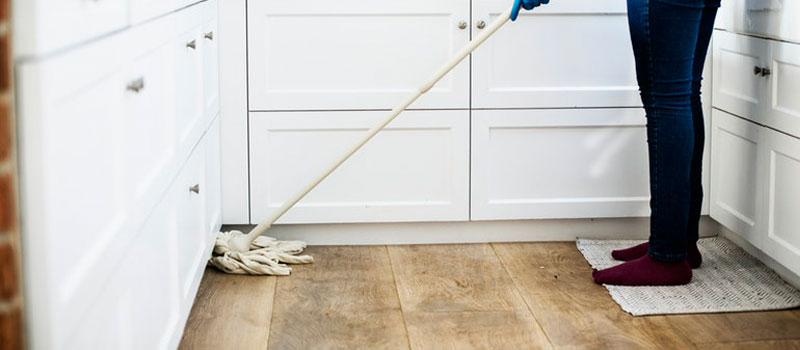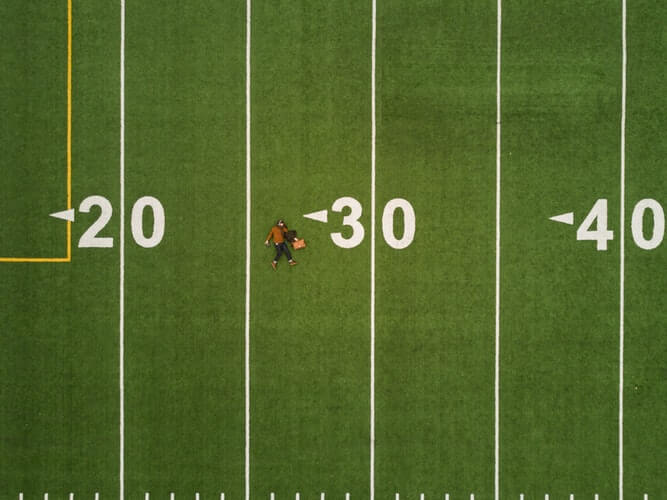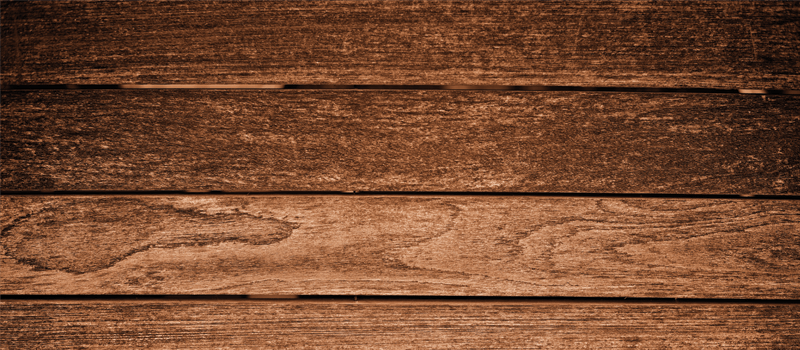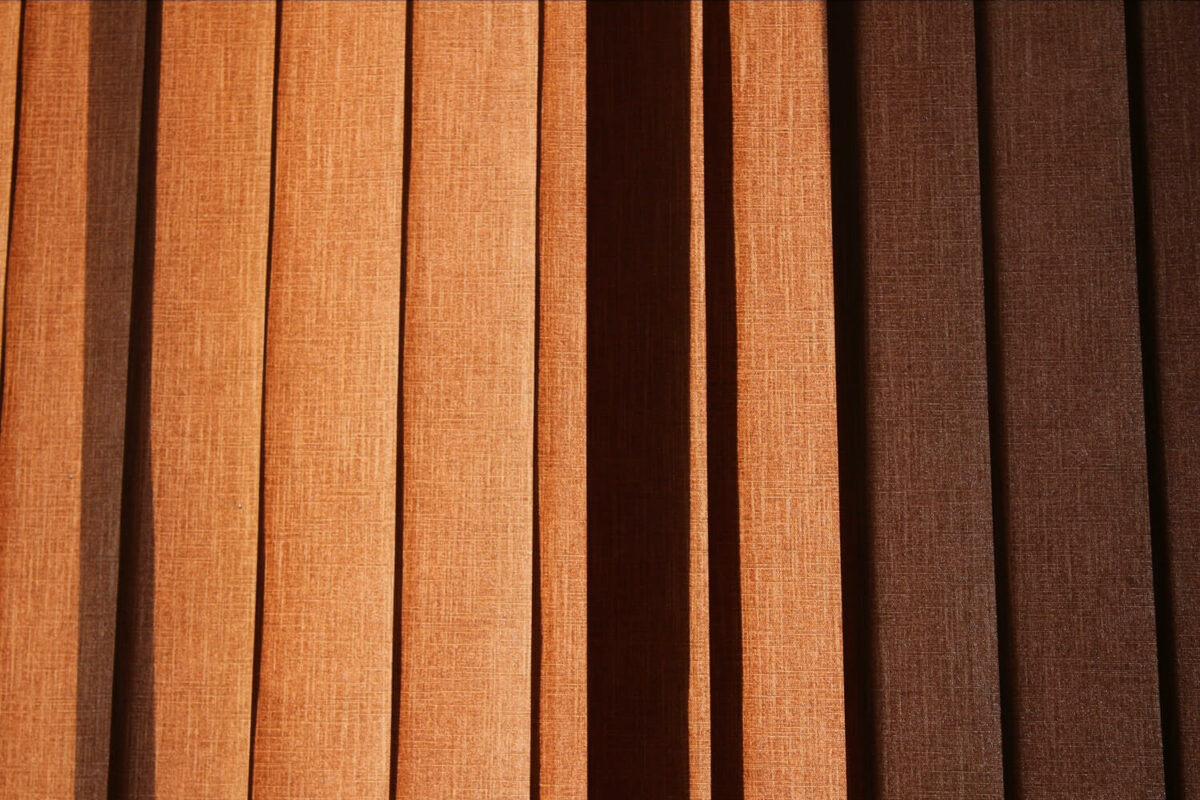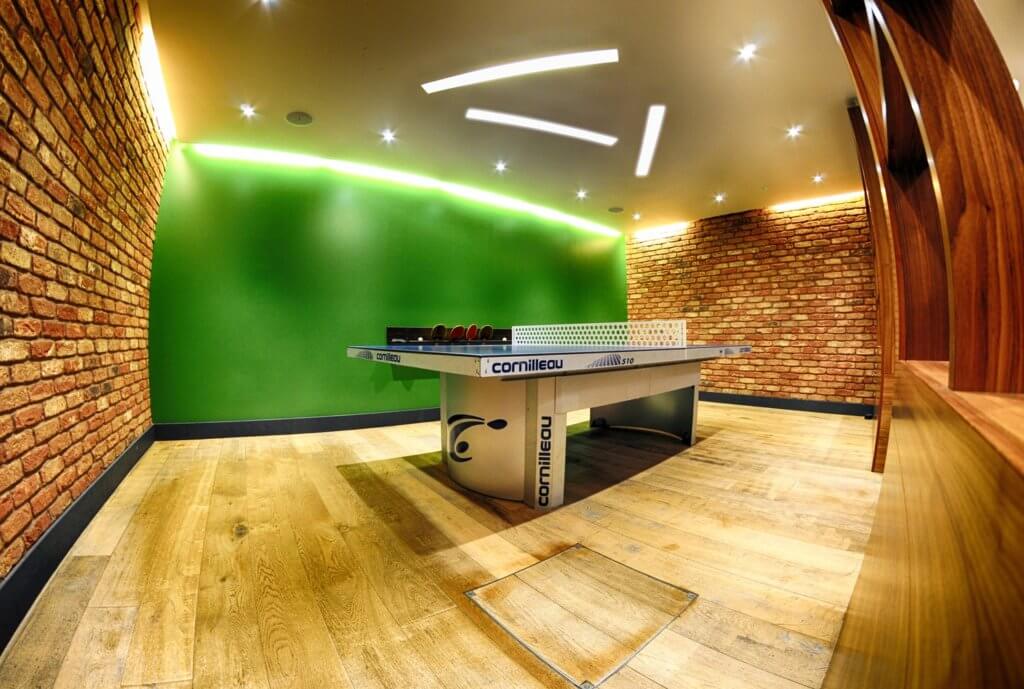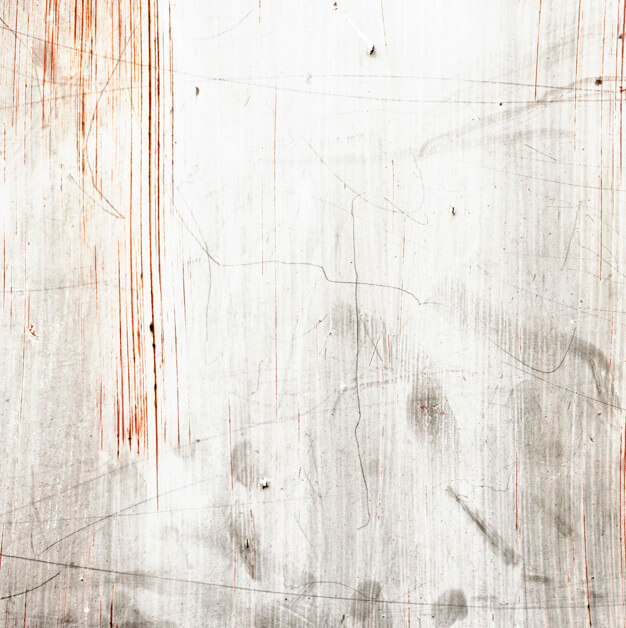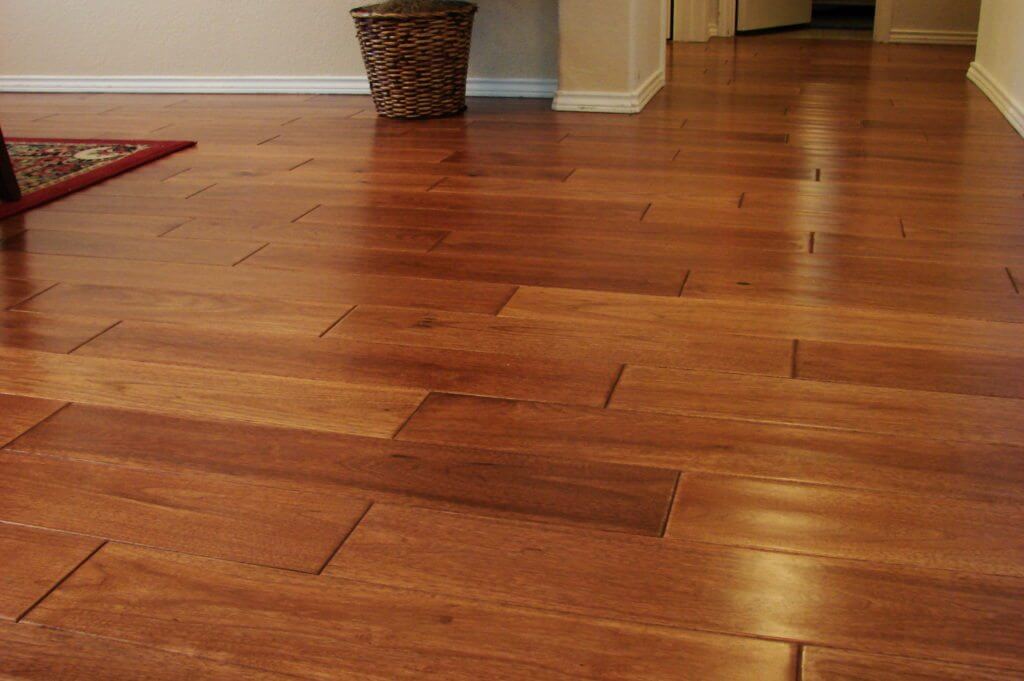In recent years, modern technology has allowed for great advancements in the quality and appearance of laminate flooring. Though not as highly valued or durable as hardwood, high-quality laminate can sometimes serve as an inexpensive alternative and has recently been gaining popularity.
Many people who grew up or bought houses in the 1980s and 1990s remember the introduction of “Pergo” flooring to the market. It was a product created by a Swedish company called Perstorp, and, during the age of linoleum, it provided a higher class of synthetic flooring. This was the first laminate flooring to be used in homes in the U.S., and the name practically became synonymous with the product. Now, there are a variety of companies who manufacture laminate flooring, many of which also deal in hardwood. The synthesis of these two industries has yielded laminate flooring lines that much better replicate the look of hardwood and provide a much higher-quality look than early Pergo flooring.
What is laminate?
In a sentence, laminate flooring is a multi-layer synthetic product made to simulate wood or other materials by using a photographic image and, in some cases, top-layer texturing.
How it’s made
From the bottom up, laminate consists of 4 essential layers;
 1 – Backing (bottom layer): Most quality laminates are made with a bottom layer that includes a moisture barrier. It joins with the water-resistant wear layer on top to create a relatively water-tight seal around the core material (though this does not make laminate flooring waterproof). It also provides additional stability for installation.
1 – Backing (bottom layer): Most quality laminates are made with a bottom layer that includes a moisture barrier. It joins with the water-resistant wear layer on top to create a relatively water-tight seal around the core material (though this does not make laminate flooring waterproof). It also provides additional stability for installation.
2 – Fiberboard Core: The bulk of a laminate floorboard is made up of a fiberboard core. Fiberboard is a common material usually made from wood chips or sawdust that is ground into a very fine powder then coated with resin and pressed flat. Some brands offer products made with antimicrobial resin. Additionally, some manufacturers make a point of using post-industrial wood waste (resulting, for example, from the cutting of boards for lumber) in their fiberboard, in an effort to reduce environmental impact.
3 – Photograph Layer or Decorative Layer: This is the layer that gives laminate its look. It is exactly what it sounds like – a reproduction of a photographic image of whatever material it is meant to mimic – hardwood, stone, tile, or sometimes even brick. Theoretically, any image could be used for this layer, but wood and stone are by far the most common. The image is actually printed on a paper-like material that is embedded in melamine resin to preserve the image. The higher quality the laminate, the more accurately the image will replicate the original material.
4 – Wear Layer (Top Layer): The final layer is the layer you walk on. It protects the photographic image from wear and tear and gives the floor its durability. It is most often created with an aluminum oxide chemical treatment and tends to hold up for 5-10 years under normal use.
These 4 layers are all fused together through a lamination process, giving us the term “laminate flooring”.
A laminate floor will also require an underlayment. The type of underlayment you use will depend on the type of subfloor you are working with (laminate can be laid over pretty much anything but carpet). Some underlayments provide an extra moisture barrier, some provide cushion and noise reduction, and others provide both. It is important when pricing laminate to take into account the cost of the underlayment, which can run anywhere from $.10 to more than $1 per sq. ft.
Quality assurance
The North American Laminate Flooring Association (NALFA) is the organization trusted by the Floor Covering Leadership Council (FCLC) to ensure a standard of quality for laminate flooring in the U.S. A product must pass these 10 performance tests proving it meets American National Standards Institute (ANSI) requirements in order to receive the NALFA Certification Seal.
1.) Static Load – The ability to resist residual indentation from stationary objects (like furniture).
2.) Thickness Swell – The ability to resist (to a certain degree) swelling after being exposed to water.
3.) Light Resistance – The ability to retain its color when exposed to a light source similar to sunlight through window glass, the kind of light it would be exposed to when used inside a home or business (not outdoors).
4.) Cleanability and Stain Resistance – The ease of cleaning and the degree to which it resists stains from common household substances.
5.) Large Ball Resistance – The ability to resist fracture due to impact by a large, heavy object.
6.) Small Ball Resistance – The ability to resist fracture due to impact by an object with less surface area.
7.) Wear Resistance – The ability of the wear layer to resist abrasive wear through the décor (photographic) layer.
8.) Dimension Tolerance – The ability of laminate flooring to maintain its manufactured, free-standing thickness, length, width, straightness, and squareness.
9.) Castor Chair Resistance – Determines the change of appearance and stability of a laminate floor, including joints, under the movement of a caster chair.
10.) Surface Bond – The force required to split away from the surface of laminate flooring from the fiberboard core.
Formaldehyde – One of the components of melamine resin, used to bond the fiberboard core of most laminate flooring, is formaldehyde. In addition to the durability tests mentioned above, NALFA also requires manufacturers to comply with Federal and State regulations related to residual formaldehyde content in order to receive certification.
Now, there are a variety of companies who manufacture laminate flooring, many of which also deal in hardwood.
Some things to think about
If you’re considering using laminate in lieu of hardwood, there a few things you will want to bear in mind:
- Though laminate may have a lower initial cost, most are guaranteed for no longer than 10 years. With normal wear and tear, it will need to be replaced several times throughout the lifetime of a home, in contrast with hardwood, which can last for generations.
- Laminate is not hardwood and should not be billed as such in the sale of a home. While the quality of laminate has improved significantly in recent years, it does not add to the value of a home the way the hardwood flooring does.
- Laminate cannot be refinished. Once you choose your laminate, that is what it will look like until you replace it. It cannot be sanded and refinished like hardwood can. For this reason, too, damaged boards will have to be replaced, as they cannot simply be sanded down and repaired.
Need help deciding between laminate and hardwood? Give our experts a call.


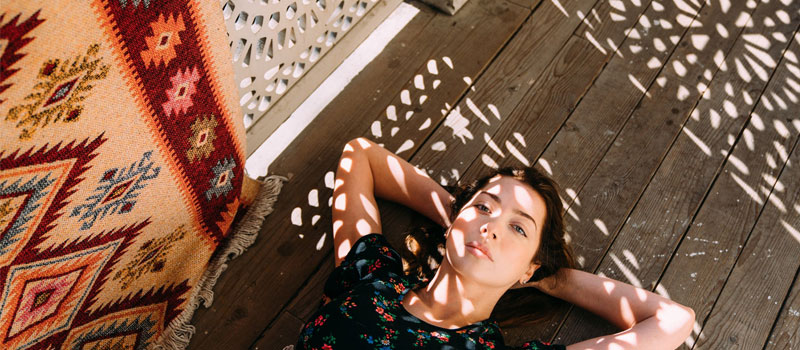




 This cycle continues, as more small businesses reinvest at the same rate, continuing the local investment for everyone’s benefit. Local business owners and their employees live in the same town, eating at local restaurants, shopping at local stores, coaching their children’s soccer teams, volunteering at local food pantries. When you spend money at small businesses, you support your neighbors.
This cycle continues, as more small businesses reinvest at the same rate, continuing the local investment for everyone’s benefit. Local business owners and their employees live in the same town, eating at local restaurants, shopping at local stores, coaching their children’s soccer teams, volunteering at local food pantries. When you spend money at small businesses, you support your neighbors.
 “We were tempted to put in our own wood floors and we are so glad we went with MacDonald Hardwoods instead. They installed a beautiful floor in our daughter’s room. The quality of the work is amazing and the installers were so fast.” ~Cris and Pete Tovani
“We were tempted to put in our own wood floors and we are so glad we went with MacDonald Hardwoods instead. They installed a beautiful floor in our daughter’s room. The quality of the work is amazing and the installers were so fast.” ~Cris and Pete Tovani